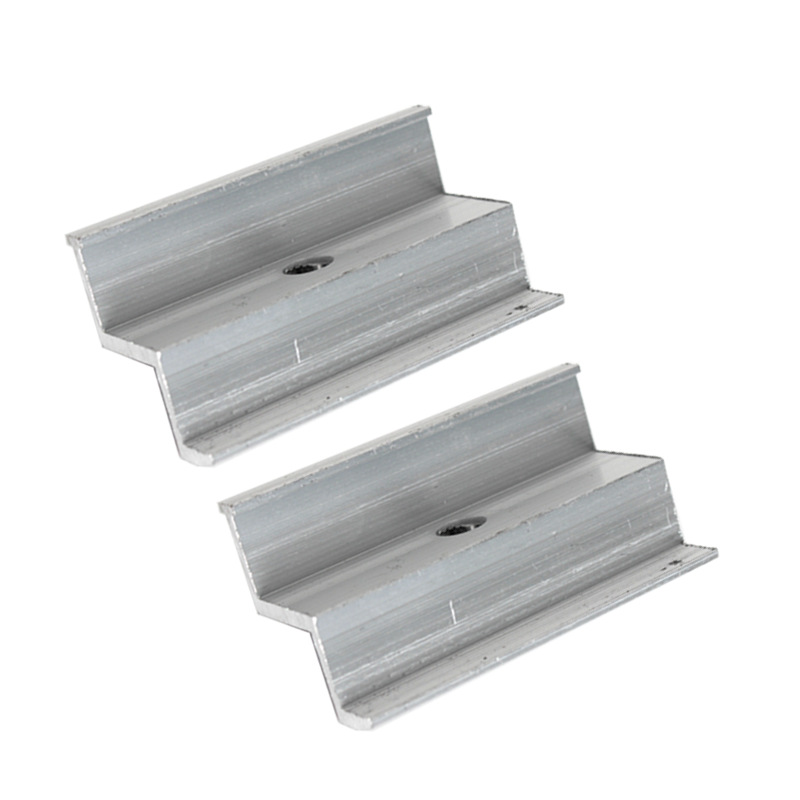

ASME Standards for Stud Bolts in Engineering Applications and Best Practices
Aug . 19, 2024 16:33 Back to list
ASME Standards for Stud Bolts in Engineering Applications and Best Practices
Understanding Stud Bolts in ASME Standards
Stud bolts are essential components in mechanical and structural applications, playing a crucial role in the assembly and securing of equipment, especially in heavy industries such as petrochemical, power generation, and manufacturing. According to the American Society of Mechanical Engineers (ASME) standards, stud bolts are defined as a type of fastener that consists of a cylindrical rod with threads on both ends, allowing for the attachment of nuts securely at each end. This article explores the specifications, applications, and importance of stud bolts in accordance with ASME standards.
Specifications and Design
Stud bolts are classified based on their dimensions, material composition, thread type, and strength grading. ASME provides various guidelines, particularly in standards such as ASME B18.2.1, which outlines the specifications for threaded fasteners, including stud bolts. Commonly used sizes vary but typically range from ¼ inch to 2 inches in diameter and can be produced in lengths from a few inches to several feet.
The material used for manufacturing stud bolts is typically carbon steel, stainless steel, or alloy steel, depending on the operational environment. For instance, high-temperature and high-pressure applications may necessitate specific grades of stainless steel or even inconel materials to withstand corrosive conditions. The choice of material directly impacts the stud's performance and durability.
Applications of Stud Bolts
Stud bolts are widely used in flanged joints, particularly in piping systems where they help maintain the integrity of the assembly. The proper use of stud bolts ensures that a secure and tight connection is maintained, preventing leaks and ensuring operational efficiency. Their design allows for easier installation compared to traditional bolts, as the stud remains fixed while the nuts are tightened.
stud bolt asme

In power plants, refineries, and chemical processing plants, stud bolts are crucial in the assembly of pressure vessels, heat exchangers, and other critical equipment. These components require strong and reliable fastening solutions due to the extreme conditions under which they operate. Failure of fastening components can lead to catastrophic results, making adherence to ASME standards vital.
Importance of ASME Compliance
Compliance with ASME standards is essential for ensuring safety, reliability, and performance in engineering designs involving stud bolts. ASME guidelines provide detailed standards for manufacturing, testing, and quality assurance, helping minimize the risks associated with fastener failures. Stud bolts that meet ASME standards are subjected to rigorous testing procedures, ensuring they can withstand required load and stress conditions.
Additionally, adhering to ASME standards offers significant advantages in terms of liability and regulatory compliance. Engineering firms and manufacturers that utilize ASME-compliant components can better ensure that their products meet legal and safety standards, reducing potential liabilities.
Conclusion
In conclusion, stud bolts are integral to modern engineering practices, particularly in high-stakes industries. Understanding their specifications, applications, and the importance of complying with ASME standards is vital for engineers and designers involved in the selection and implementation of fastening systems. As technology advances and new materials are developed, the importance of continued adherence to recognized standards like those provided by ASME will only increase. Ensuring that stud bolts and other fasteners meet these rigorous design and performance criteria is key to maintaining the safety and efficiency of industrial operations.
Latest news
-
Premium Fasteners Manufacturer | AI-Driven Solutions
NewsAug.01,2025
-
Hot Dip Galvanized Bolts - Hebei Longze | High Strength, Corrosion Resistance
NewsAug.01,2025
-
High-Strength Hot Dip Galvanized Bolts - LongZe | Corrosion Resistance, Custom Sizes
NewsAug.01,2025
-
Best Self Tapping Screws for Drywall - Fast & Secure Installation
NewsJul.31,2025
-
High-Strength Hot Dip Galvanized Bolts-Hebei Longze|Corrosion Resistance&Customization
NewsJul.31,2025
-
Hot Dip Galvanized Bolts-Hebei Longze Metal Products|Corrosion Resistance&High Strength
NewsJul.31,2025

